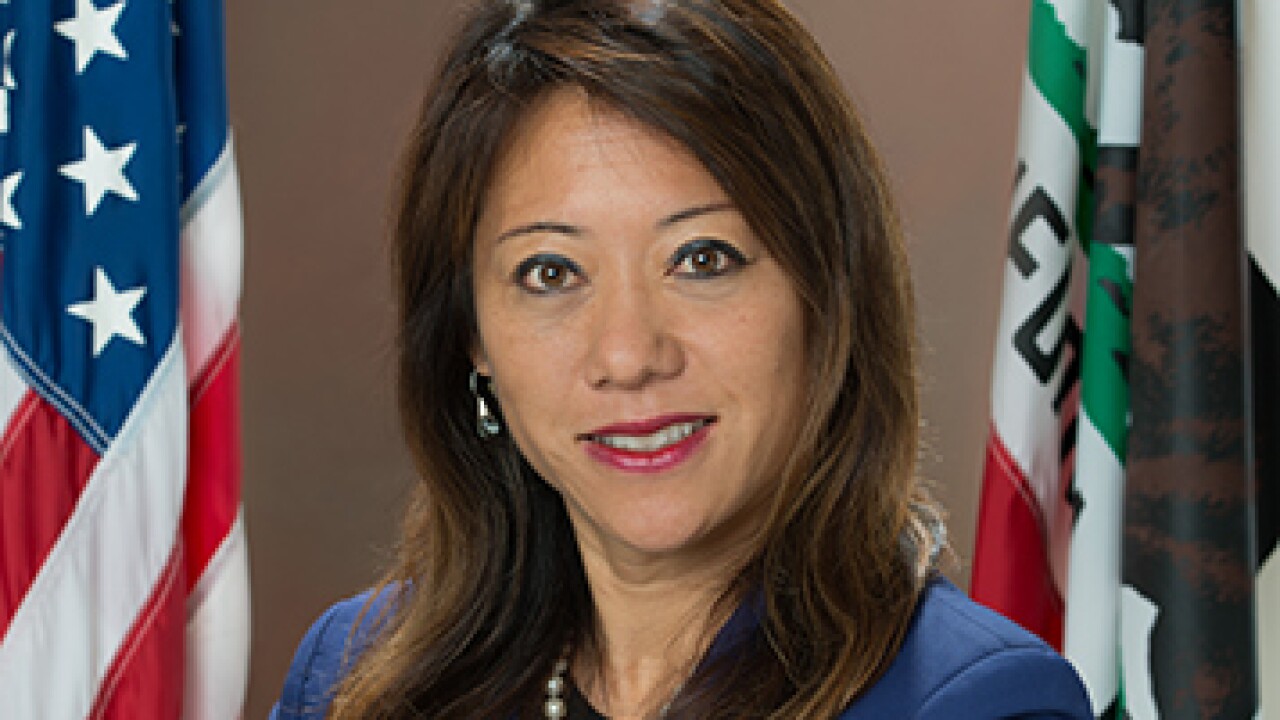
The reconstruction of LaGuardia Airport in New York could open the door for more public-private partnerships including ancillary projects, P3 experts say.
The rebuilding of the central terminal is itself a P3. One of several loose ends to the project is the so-called "air train" Gov. Andrew Cuomo has proposed to connect the terminal in northern Queens to a nearby subway line.
Would the airport's owner, the Port Authority of New York and New Jersey, or the regional transit provider, the Metropolitan Transportation Authority - or both -- pay for the air train? Or could that be a P3 project, too?
"A P3 structure is a possibility for the LaGuardia air train," said Roddy Devlin, a project finance and P3 attorney at Squire Patton Boggs.
Devlin cited the Denver FasTracks Eagle P3 Project in Denver, which includes an electric rail link between downtown Union Station and Denver International Airport. Additionally, the 16-mile Purple Line commuter rail project in Washington's northern Maryland suburbs is a P3 procurement.
"Such transit projects tend not to be self-sustaining however, in that the farebox revenue is not enough to cover the project's costs," said Devlin. "In both the Denver and Maryland projects, the public authority will instead make availability payments to the private joint venture. Such an approach could also be used for the LaGuardia air train, legislation allowing."
A report by New York University's Rudin Center for Transportation Policy and Management said limited use of the design-build practice in New York State has saved $1.7 billion on a replacement of the Tappan Zee Bridge between Westchester and Rockland counties, with completion expected 18 months early.
Under design-build, one team from a public agency or private sector handles a project from start to finish.
Construction of a new Goethals Bridge connecting Staten Island and Elizabeth, N.J., will cost $1.5 billion or 10% less than originally projected, according to the Rudin study, sponsored by the Association for A Better New York and RBC Capital Markets. The New York State Department of Transportation has already saved more than $100 million by awarding design-build contracts on dozens of bridges and roads, according to the study.
Karl Reichelt, a P3 consultant and former executive vice president of Skanska Infrastructure Development Americas, said political leaders must line up strongly behind P3 projects because political friction spooks private developers.
"Whether it's the MTA board, the mayor, the governor or other stakeholders, they have to be unified or the uncertainty will scare away potential private developers," said Reichelt.
A LaGuardia air train, said Reichelt, could be ideal for a private operator. Reichelt suggests that Port Authority issue a request for information to test P3 viability. "People from within the industry could provide intellectual capital for free," he said.
Reichelt also thinks a connector train between New York's Pennsylvania Station and Grand Central Terminal would be ripe for a P3, though skeptics might question the need given the multitude of subway lines in Manhattan.
New York State limitations on design-build have hindered the MTA's efforts to streamline its procurement process. By contrast, the congressionally established bi-state Port Authority is less constricted.
"It is not subject to the restrictions and limitations that apply to New York-based agencies such as the MTA," said Devlin.
MTA Chairman Thomas Prendergast has said he would like the authority would like to use P3s and other alternative delivery methods.
Over the summer, the MTA said it could pare at least $3 billion off its capital needs through procurement streamlining and other efficiencies. The authority, one of the largest municipal issuers with $36 billion in debt, still has a $2.6 billion shortfall in its proposed five-year capital program.
Additionally, the authority the past few years has tapped such advisory firms as KPMG and McKinsey & Co. to help managers cut costs.
In Massachusetts, former governors Michael Dukakis and William Weld - once bitter political rivals - have jointly proposed a similar line to connect Boston's two train terminals, South Station and North Station.
They are scheduled to meet with Gov. Charlie Baker on Sept. 9. Baker prefers a $1.6 million upgrade of South Station only that would expand commuter rail and trigger widespread real estate development in that area.
Connecting the stations was left out of the Central Artery/Tunnel Project, the $24 billion infrastructure megaproject known commonly as the Big Dig. The sour taste from Big Dig cost overruns - the initial estimate was $2.6 billion - might make the Dukakis-Weld pitch difficult.
A more immediate reference point for overruns came this week, when state transportation officials acknowledged a $1 billion shortfall in the expansion of the Massachusetts Bay Transportation Authority's streetcar Green Line north of Boston. The federal government has ordered expansion of that line from Cambridge to Somerville and Medford as part of a Big Dig mitigation settlement.





